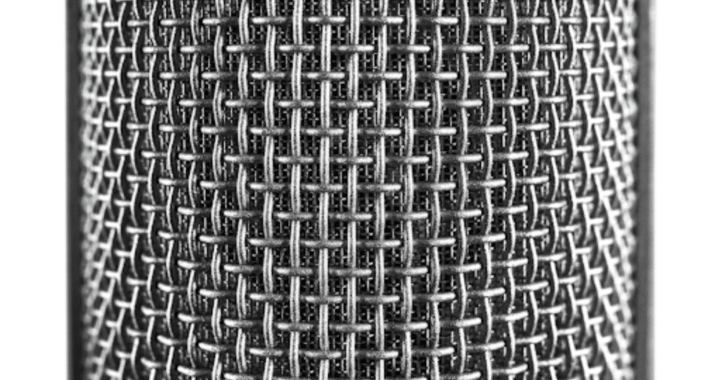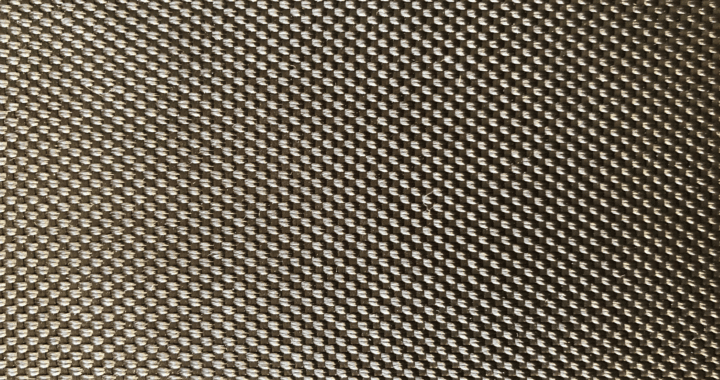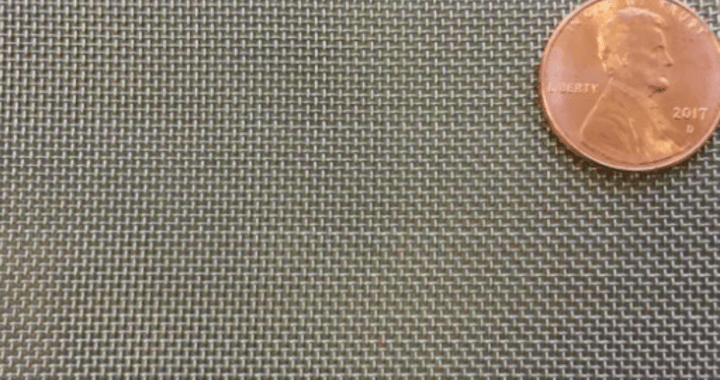Sintered wire cloth is a durable, efficient, and eco-friendly material that can be used in a variety of applications in different workplaces. Knowing more about sintered metals, their advantages, and their common uses can help you identify how you can use sintered metals in the workplace.
What is Sintered Wire Cloth
Sintered wire cloth is a material created through the process of sintering. Sintered wire mesh can be created with compact bonding of particles using heat and pressure. It is important to indicate that the process of sintering does not involve the melting of materials. Sintered metals are coherent, solid structures bonded at the molecular level. Specialized thermal treatment involving isostatic pressure creates a fusion to make a metal part with increased integrity and strength. Through sintering, sintered wire cloth can be produced that is firmly bonded at metal-to-metal contact points without any filler or bonding agent.
The quality of sintered wire cloth makes them the best possible choice for wire mesh discs and other wire mesh fabricated filters. This is due to the fine filtration capabilities and mechanical durability that can be created through sintering.
Benefits of Sintered Wire Cloth
Sintered metals offer a wide range of benefits, making them a highly used material in industrial and commercial applications. Sintered wire mesh holds a much higher structural integrity than regular wire cloth. Due to its strength, sintered wire cloth isn’t damaged by high-pressure washing or passivation baths, and additionally, its excellent surface finish allows it to be reused by withstanding harsh elements like furnace firing and solvent cleaning. The material’s strength can also retain shapes and hold pleats when used in fabricated filter elements. This is due to the sintering process, making wire mesh ductile, annealed, and formable.
In addition to its strength, sintered wire cloth does not run the risk of wire migration. The sintering process firmly locks wires in place, ensuring a secure, permanent fusion of mesh wires and inhibiting any chance of edge fraying. The mesh used to create sintered wire mesh can differ, allowing the production of highly complex wire mesh discs, bi-directional filters, ion traps, chromatography frits, centrifuges, and valve screens. More layers of wire mesh can be sintered together to create laminates that are ¼” thickness or more. For example, standard 5-layer or 7-layer configurations can be commonly used for Nutsche filters, fluidized beds, centrifuges, polymer filtration, and other filtration of thick liquids.
Standard Types of Sintered Wire Mesh
Lawrence Sintered Metals offers many different types of standard types of wire mesh laminates. Each laminate is created using its own layering method and materials. With these different combinations of sintered wire cloth, clients are able to order the exact mesh needed to fit their project.
5-Layer Sintered Wire Mesh
Our 5-layer sintered wire mesh has been used in many industries including pharmaceuticals, chemical processing, food and beverage, and transportation. 5-layer sintered wire mesh is created when a single layer of fine woven wire mesh is placed between two layers of coarser square woven meshes, which is then added to two layers of a strong Dutch woven wire mesh and sintered together to form a strong plate. Applications using this type of sintered wire cloth include gas sparging, fluidized beds, liquid and gas filtration, Nutsche filters, pharmaceutical processing, centrifuges, and others.
Sintered Wire Mesh with Perforated Metal
Taking several layers of woven wire mesh and sintering them to a layer of perforated metal creates this type of sintered wire mesh laminate that has a high resistance to pressure and high mechanical strength. Sintered wire mesh with perforated metal is suitable for a variety of applications that require fine filtration, and also need to protect and preserve the filtration layer. Oil wells, where fine particles need to be filtered under extremely high-pressure conditions, benefit from sintered wire mesh with perforated metal.
Sintered Square Weave Mesh
Made by sintering multiple layers of plain weave square woven wire mesh together, sintered square weave mesh is useful for polymer production, as well as many types of fluid and air filtration applications. Common applications to use sintered square weave mesh include sieve plates, aeration filters, hydraulic filters, hydraulic valve screens, and pulp forming molds for egg cartons, apple trays, and paper plates.
Sintered Dutch Weave Mesh
Sintered Dutch weave mesh is created by sintering two to three layers of plain Dutch woven wire mesh together. This creation process makes it a choice material for fluidized bed applications. In addition, sintered Dutch weave mesh is useful for transporting powders and other dry solid materials.
Lawrence Sintered Metals, Professionals in Sintered Metals
From the food and beverage industry to oil refineries, there are many applicable uses for sintered wire cloth. Sintered metals offer durability and versatility to fit indoor and outdoor needs from light wear to heavy weather elements, pressure, and more.
Lawrence Sintered Metals offers many sintered metal products and can assist in finding you a solution for any workplace need. Sintered wire cloth can be shipped as flat sheets, or we can cut a variety of custom-sized discs or donuts. Lawrence Sintered Metals sintered wire mesh laminates can also be rolled into tubes to form cylindrical sintered filters.
The professionals at Lawrence Sintered Metals specialize in helping our clients through the entirety of the ideation and ordering process. We offer guides to the right product and we always suggest contacting us to help you through the process of ordering the right product for your workplace.




